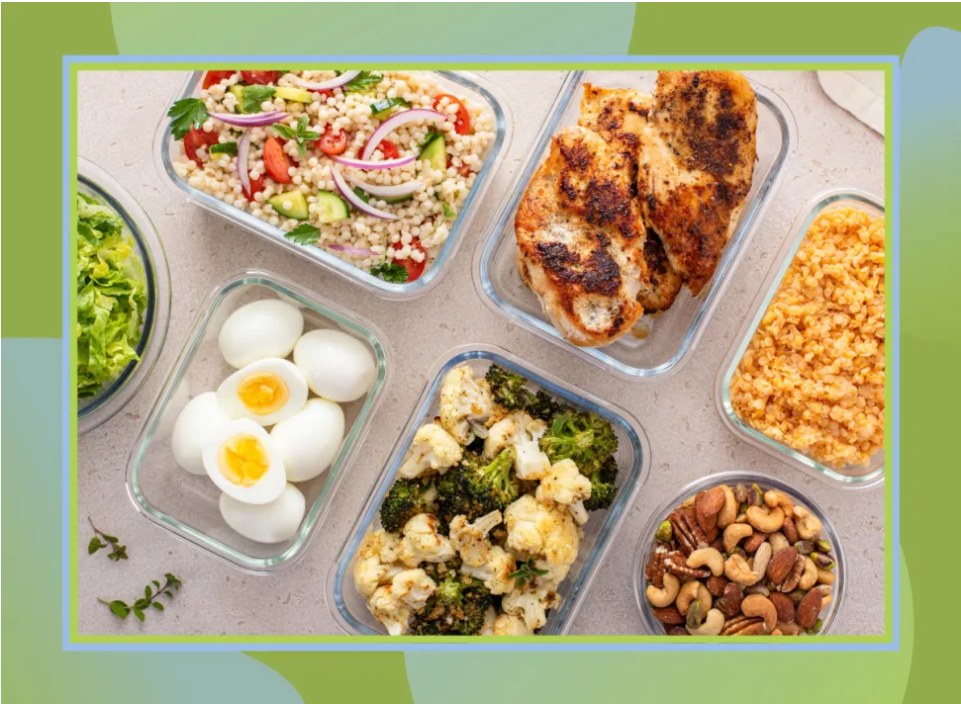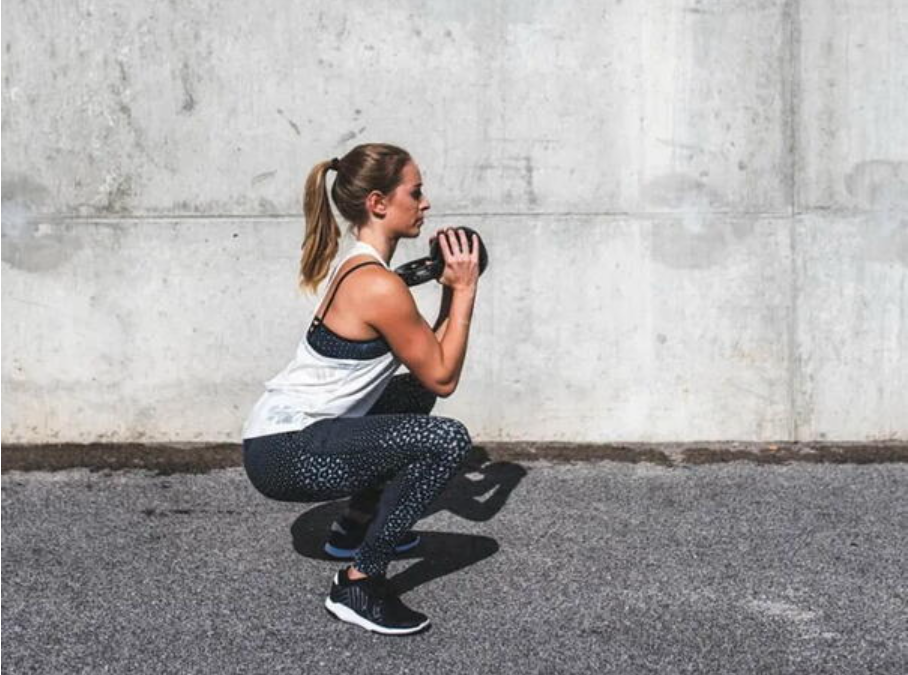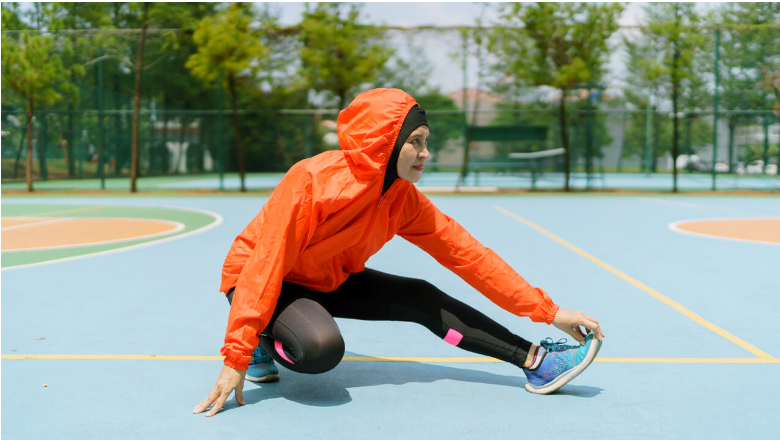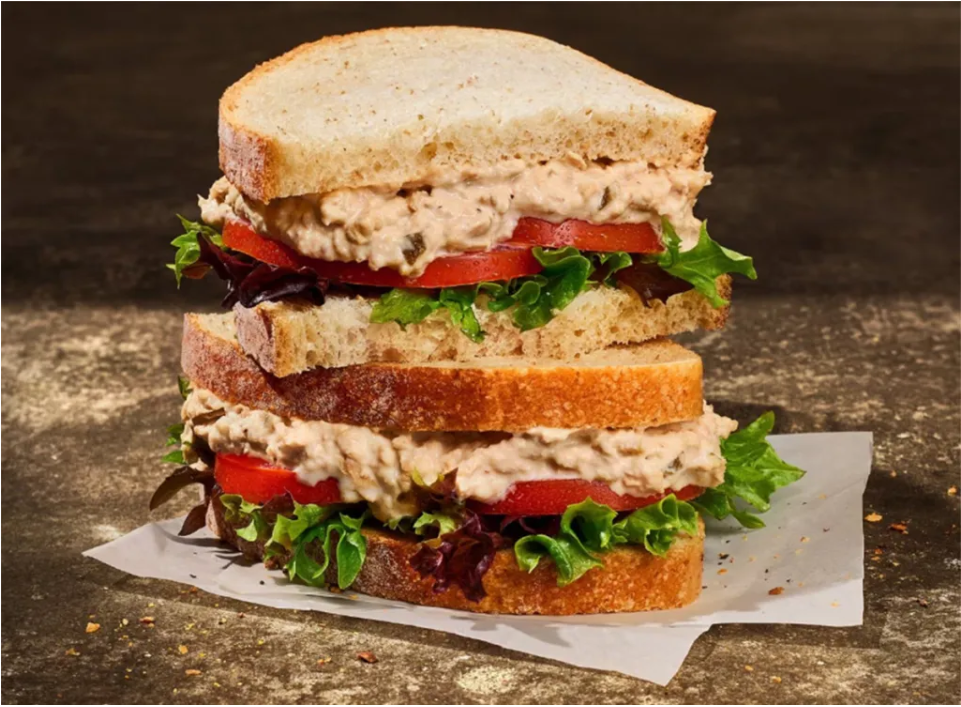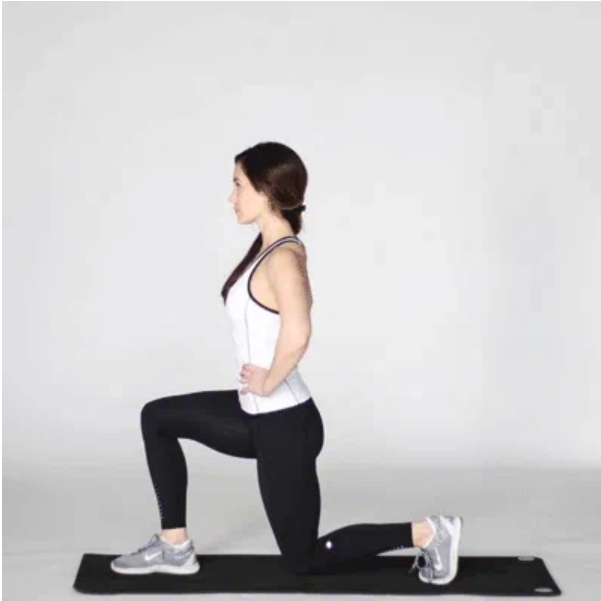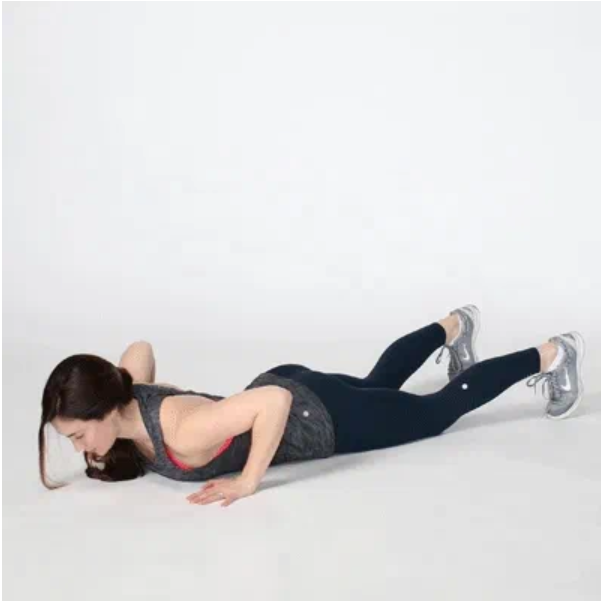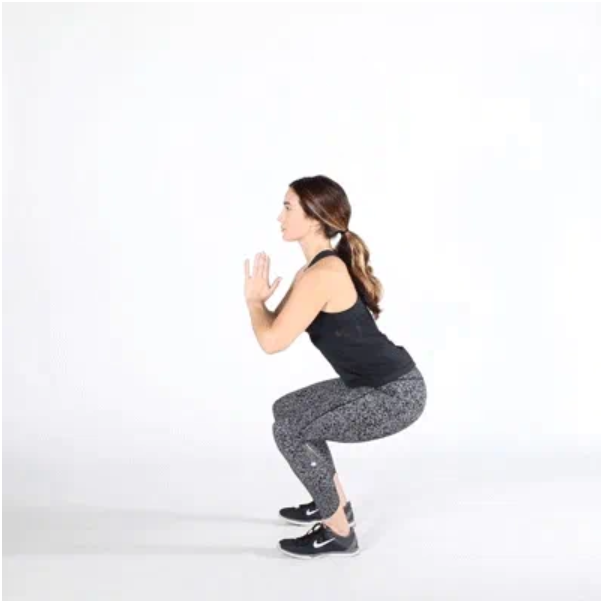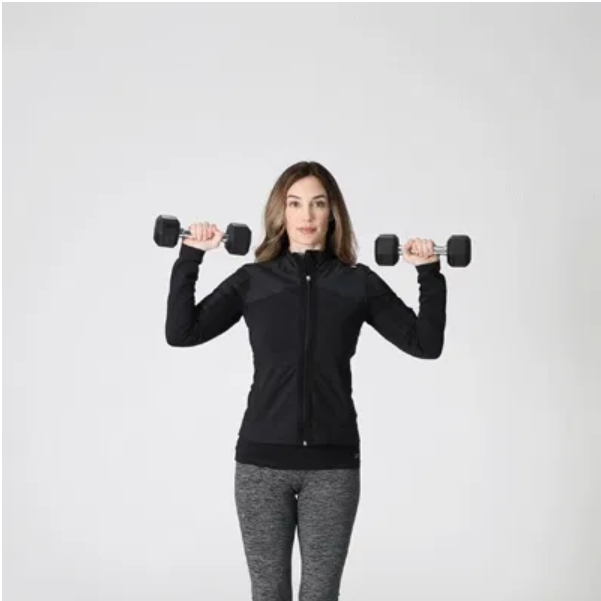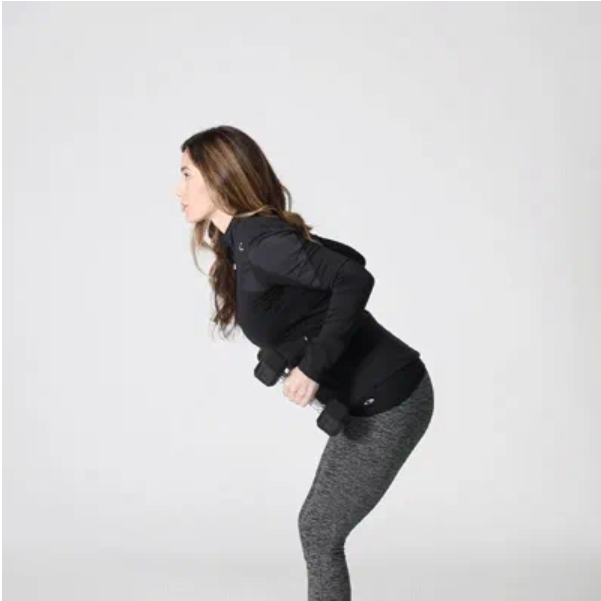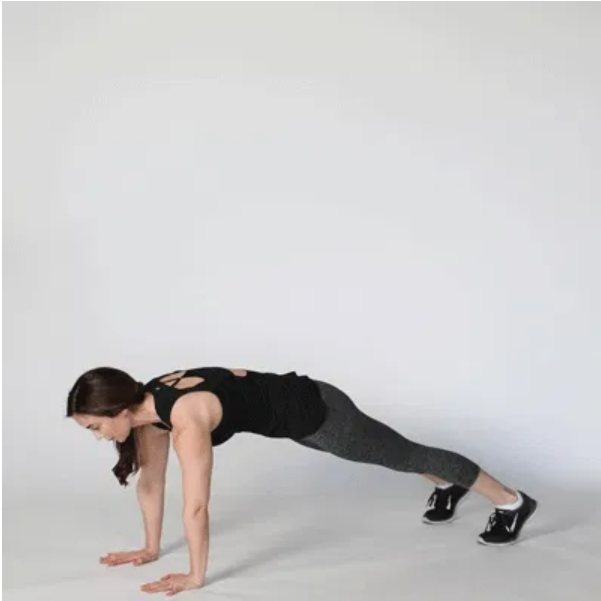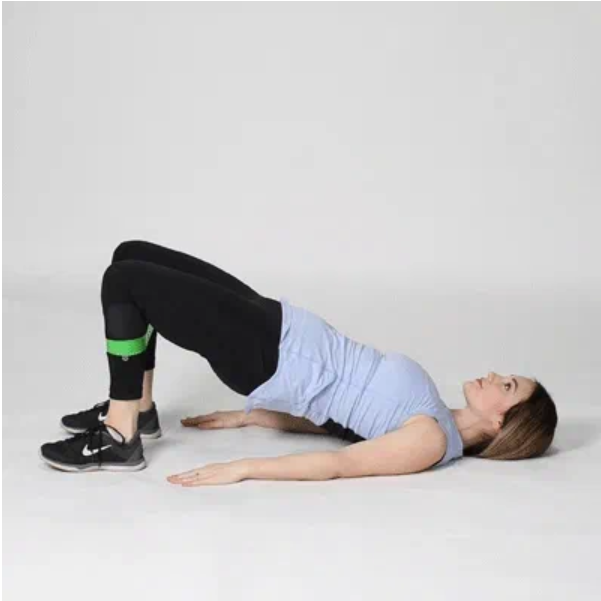Protein, a macronutrient made up of amino acids, is a basic building block of cells, tissues, and organs in the human body. It is involved in muscle repair and growth, supports the immune system, regulates metabolism, and maintains healthy skin and hair. Although protein is important, the question of how much protein you need daily varies from person to person and is affected by multiple factors such as age, weight, activity level, and health status.
Protein Roles
- Builds and repairs tissue: Protein is an important component of muscle, skin, bone, and organs.
- Regulates metabolism: Protein helps maintain blood sugar stability, reduces appetite, and promotes satiety.
- Supports immune function: Protein is the basis of antibodies and immune cells.
- Promotes bone health: A high-protein diet helps absorb calcium and protect bone density.
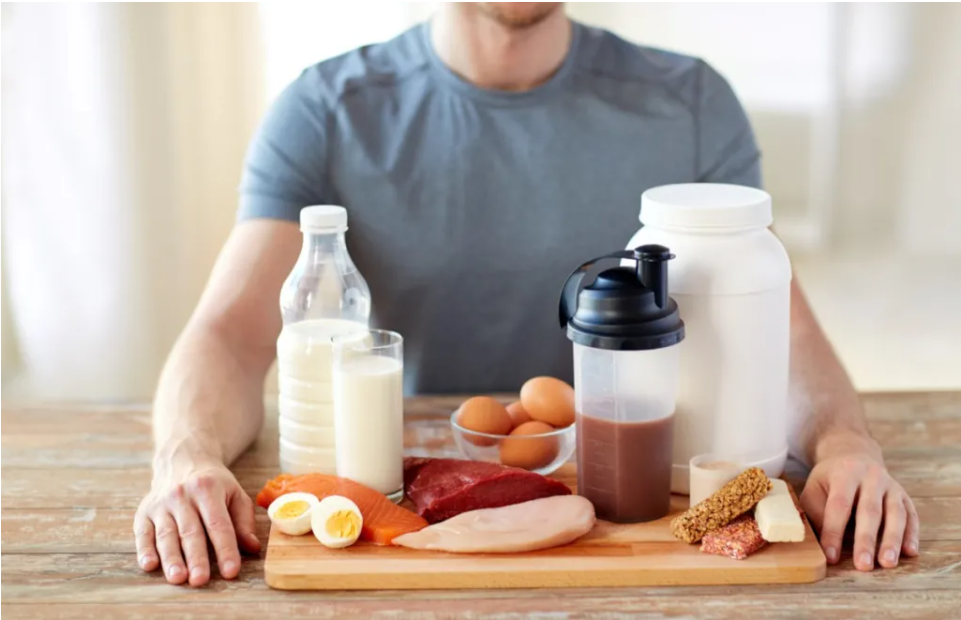
Recommended Intake
- General Adult: The USDA recommends that women consume about 46 grams of protein per day and men about 56 grams.
- Calculated by body weight: It is generally recommended to consume 0.8 grams of protein per kilogram of body weight per day. For example, a person weighing 75 kilograms needs about 60 grams of protein per day.
- Middle-aged and elderly people (over 40 years old): Due to the increased risk of muscle loss (sarcopenia), it is recommended to increase to 1.2-1.6 grams per kilogram of body weight to maintain muscle mass and metabolic health.
- Athletes and high-intensity trainers: Protein requirements are higher, about 1.2-2.0 grams per kilogram of body weight, to support muscle recovery and growth.

Risks of insufficient intake
Insufficient protein intake may lead to:
- Muscle loss and weakness
- Reduced immunity and susceptibility to infection
- Skin, hair and nail problems
- Mood swings and lack of concentration
- Increased risk of osteoporosis and fractures
Potential problems of excessive intake
Although a high-protein diet is good for health, excessive intake may lead to:
- Increased burden on the kidneys
- Indigestion, such as constipation or diarrhea
- Lack of dietary fiber intake, affecting intestinal health
- Long-term high intake of red meat may increase the risk of cardiovascular disease and certain cancers

How to consume protein scientifically?
- Diverse protein sources: including lean meat, fish, eggs, dairy products, beans, nuts and whole grains.
- Balanced distribution: Intake of about 30-40 grams of protein per meal helps activate muscle protein synthesis.
- Combined with exercise: Especially strength training, can maximize the muscle repair and growth benefits of protein.
- Pay attention to the overall quality of diet: Avoid over-reliance on processed meat and high-fat protein sources.
Protein is the cornerstone of life, and proper protein intake is the key to maintaining health, preventing diseases and delaying aging. As one writer said: “The body is the home of our soul, and nourishing it is a respect for life.” Understand your own needs, scientifically plan protein intake, and make health a natural state of daily life.
